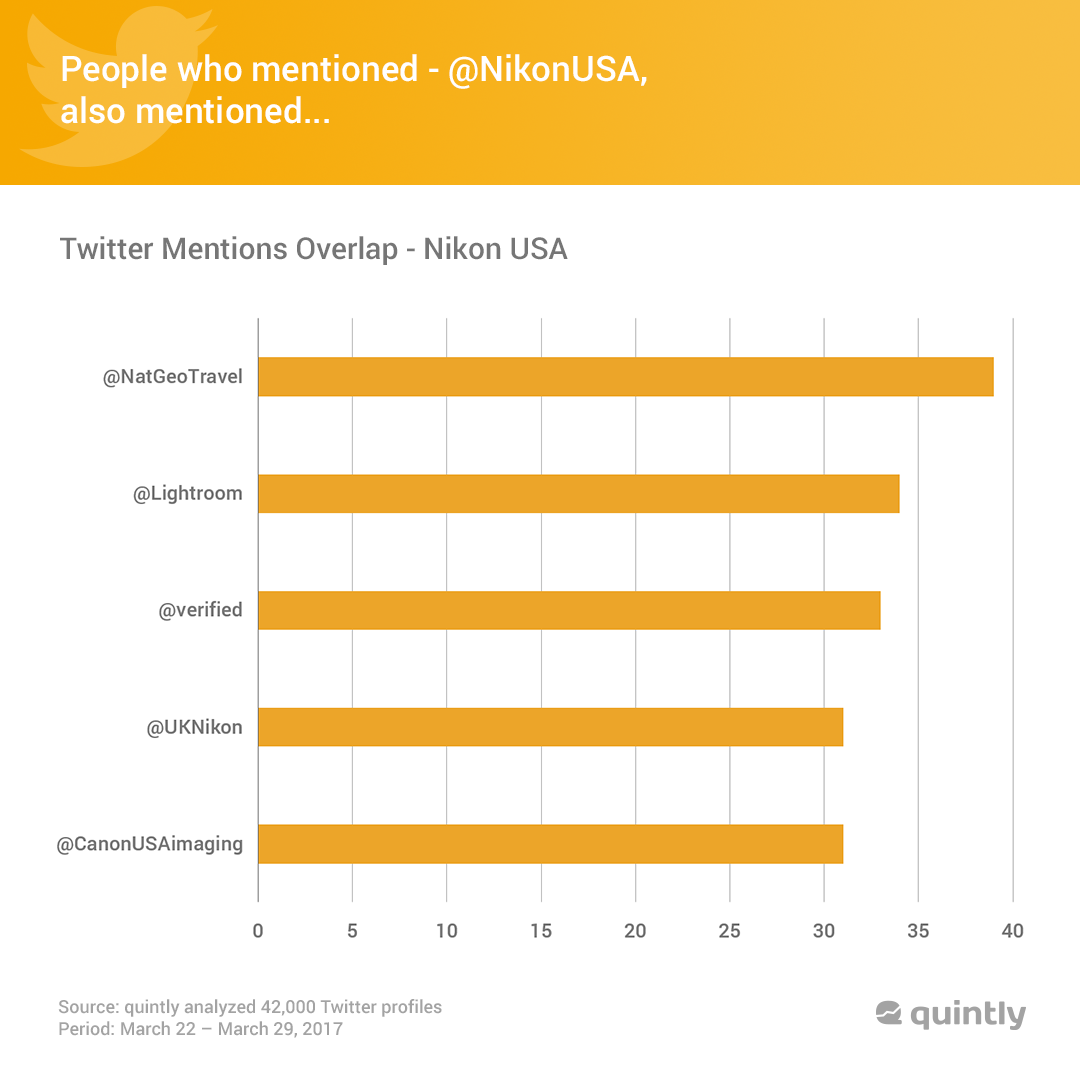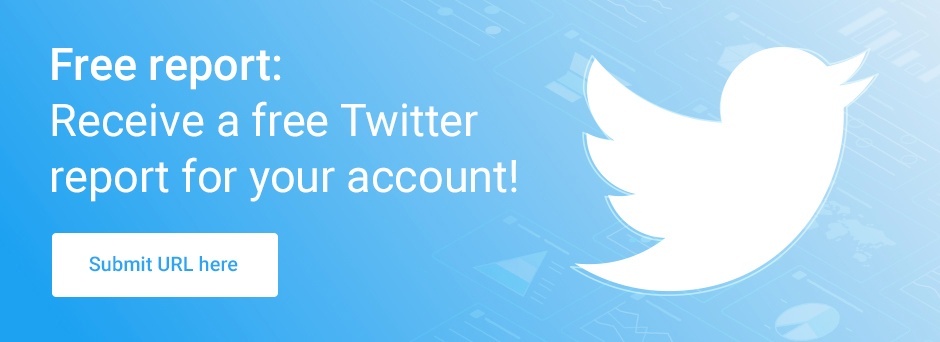
Audience Interests in Social Media Analytics can be difficult to understand. The analytics process will give us many ways to understand the audience's interests, by monitoring what kind of content they like, what type of interaction they generate, and the comments and questions asked by the audience to the companies that we are researching. To get a direct metric that tells us “this audience likes that kind or product, or that brand,” is exceptionally hard for different reasons. I will share some of these reasons later in this post.
What we will find in the market, and even within the social media network itself, is a series of estimated metrics telling us that “there is a chance that this audience likes…”
In quintly we understand this challenge. We develop our platform to bring out intelligence that can give analysts the possibility of reaching direct insights about audience interests. We want to look into facts, and deliver very direct and reliable metrics for audience interest, and for the entire social media analytics process as well.
Here you will find an example of Nikon. So people who are mentioning Nikon are also mentioning National Geographic and the photo-editing program “Lightroom”.

But what are the challenges? And how is quintly solving the case? How will this scenario evolve in the future? Let’s have a look.
Audience Interests in Social Media - Challenges to Detect and Measure
Social Analytics platforms rely on social media network APIs (direct data connection points) to build their database and then offer users access to that data in the form of metrics, or even raw data directly from the analytics API. The social media networks do not share everything with analytics platforms, and that is the main challenge. Networks such as Facebook, Instagram, Pinterest, YouTube, LinkedIn and Twitter are all bound to privacy regulations in their user agreement. So even when users fill in their profile information with their interests, it is not available on the analytics.
The second challenge is to connect individual users to their respective activity. How can we know if a user named “John Doe” has interacted with certain content? Depending on the type of interaction and the social media network we are working with, that information is unavailable.
We will see that a certain piece of content received a certain amount of interactions, but usually all that we will be able to track by default inside an analytics platform from specific users are comments and user posts. Then on top of that, even when we do have the data that “John Doe commented on this specific post,” how do we know that the next time we see a person named “John Doe” in our analytics display we are talking about the same John Doe? That would require a unique ID to each user, which is another data point that is usually not available to analytics platforms.
In Twitter we have that, but in most social networks the individual user ID is kept hidden from any external party trying to access its analytics.
Social Engagement that matters - the best data for Audience Interests
Social engagement analytics data being limited for this analysis, we have to find ways of detecting individual user activity. Twitter is best social media network for this study because of the way it considers each user a potentially public profile. Users can still block their data from external parties, and have a private profile in the network, but the moment they interact with another profile they will be registered on that interaction under their very unique name.
In our previous example, if the user “John Doe” owns the Twitter profile “@John_Doe” we would always be able to see that “@John_Doe” is the same person as last time.
Other networks will also follow such profile names, and even Facebook will let users have a unique profile URL, such as “Facebook.com/John_Doe,” but when it comes to analytics, these social networks consider the profile name as private, and will not share that with external parties.
quintly Analytics Solution - Twitter Mentions Overlap
Twitter Mentions Overlap is the name of the first metric to explore this level of Audience Interests in quintly. What quintly has done is to register every single follower that mentions the twitter profile we are analyzing, then go back to the database and match that follower profile to other mentions it made to any other profile in the database. In simple terms, quintly is searching for “who else has that follower mentioned.”
It reveals true social media engagement between profiles, true social media interactions, not an estimate. What this means is that when we see that “@John_Doe” mentioned “@Coca-Cola” that is something that really happened.
Audience Insights Applications - Using Twitter Mentions Overlap
Audience insights can shed light in the dark on what my followers like besides my content? What are they interacting with that shows me more of their real lives? This can lead the analyst (independent of job title) to strategic insights that can be applied to content creation, or to the evaluation of content performance.
Competitive intelligence is also a key output of this metric and answers the questions:
Is my social media audience talking to or about my competitors?
Are they talking to competitors that I didn’t know before?
Do they talk more to me than they talk to them?
What is their volume of interactions with all the brands in my industry?
This can lead to insights around the best competitors to watch out for, to benchmark, to adopt best practices from, and to avoid mistakes they make.
Conclusion: Social Media Data Intelligence Empowers Creative Strategy
When analytics can truly help us reach relevant insights our business strategy will be extremely enhanced. Business analytics, which includes social media analytics, always faces a series of challenges before it can deliver strategic insights. These challenges, like the ones mentioned in this article, will either stop us from reaching the insights we need, or delay our work, requiring a time investment greater than what we wished we could spend.
When metrics such as the Twitter Mentions Overlap come along and become a beacon for our analysis, a focal point where more metrics to be connected with, we gain back the time we were spending before on much longer processes.
Social media strategy involves the analysis of events, and it can be quite straight forward to search for tactical information such as the best time and day to promote our content. What is interesting with Twitter Mentions Overlap is that it goes beyond the tactical level, and empowers the strategy creatively. Metrics that touch business intelligence in this way have huge value to our analytics setup. They not only describe tactical information, that eventually confirm or deny the effectiveness of our past actions, but they also open a new set of unexpected information, and with that they open a new field of possibilities for us to work with.


Join the conversation. Leave us a comment below!